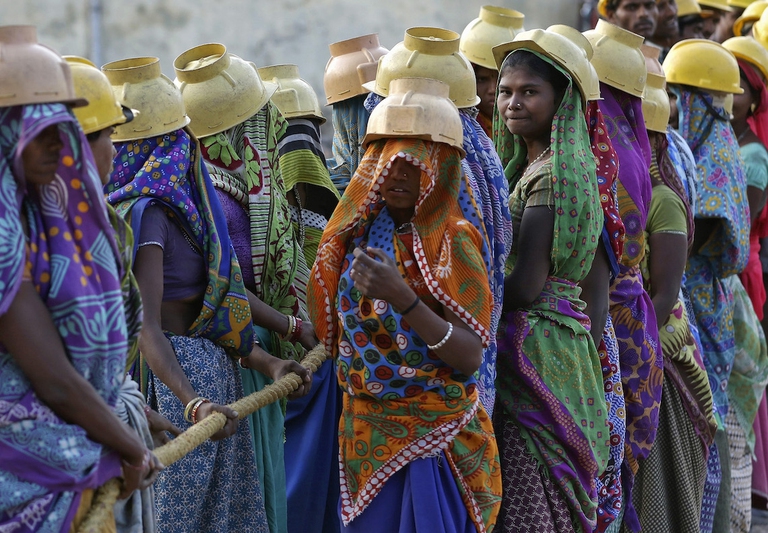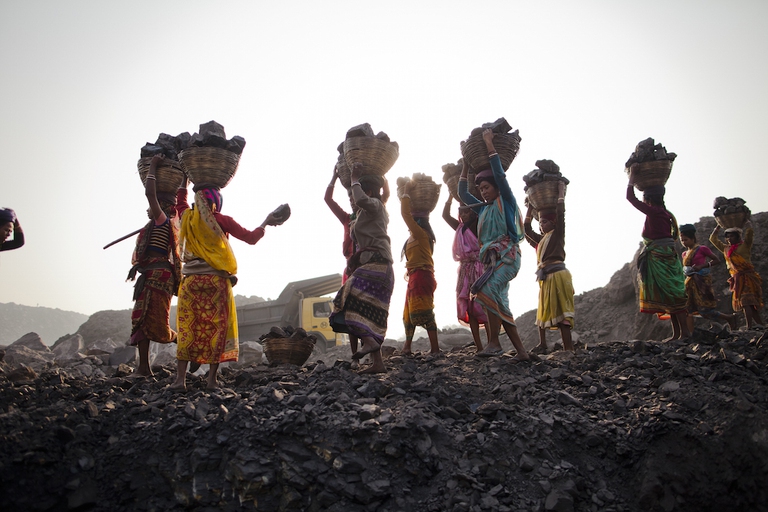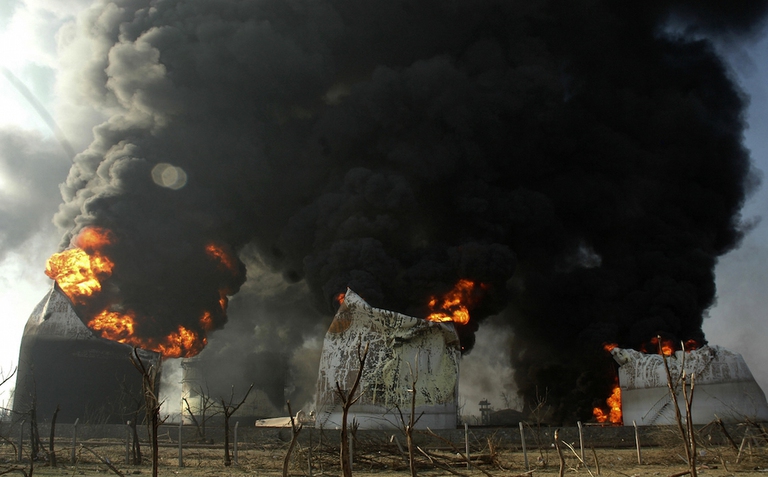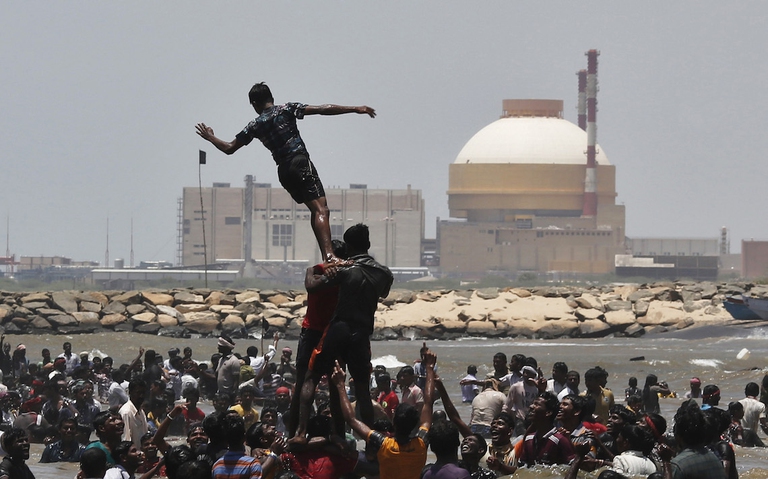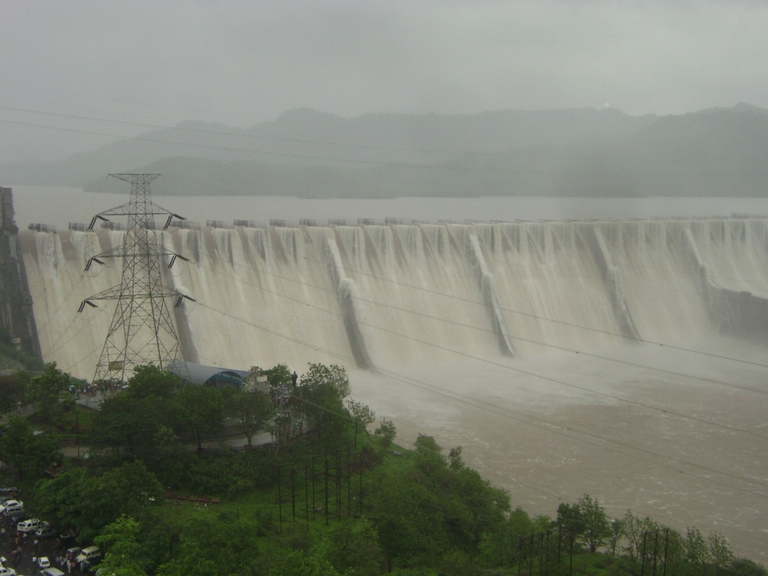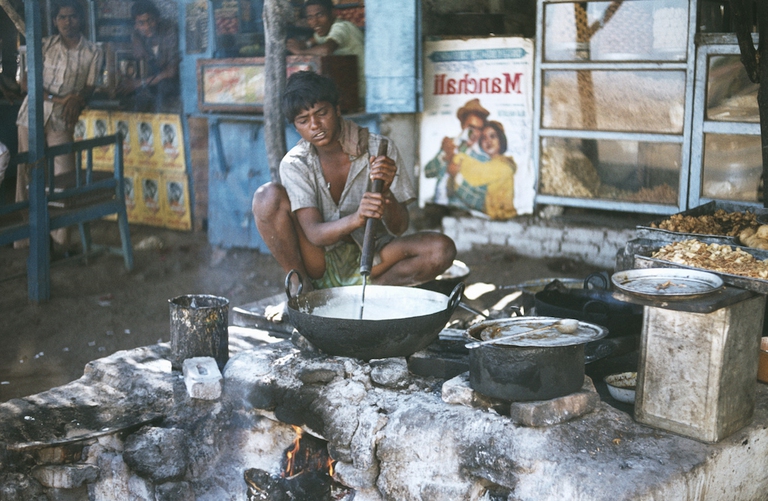
The Amazon became an alternative classroom during the pandemic. Now, the educational forest in Batraja, Bolivia, lives on to teach children and adults the value of nature.
Energy in India: an overview India is a country of over 1 billion people, around 18% of the world population. 60% of Indians live in rural areas and at least 240 million have no access to electricity. It is one of the fastest growing economies in the world, estimated to grow 8% in the next
India is a country of over 1 billion people, around 18% of the world population. 60% of Indians live in rural areas and at least 240 million have no access to electricity. It is one of the fastest growing economies in the world, estimated to grow 8% in the next 15 years. Energy is central to such an expansion in what is expected to become the world’s most populous country.
Three words summarize India’s energy policy: availability, access and affordability. The broad vision is to provide energy security for all with safe, clean and convenient energy at the lowest possible cost. Energy use in India has almost doubled since 2000, although per capita consumption is only around a third of the global average. Three-quarters of its energy demand is met by fossil fuels, a share that has been rising as households move away from the use of solid biomass (mainly fuelwood) to liquefied petroleum gas (LPG) for cooking.
Coal has by far been the most important fuel in the national energy mix. In the future, India will continue to rely on it, although it has resolved to do so in a much cleaner and more efficient manner. Coal based power generation contributed to over 174 gigawatts (GW) of electricity generation in the country, covering over 44% of the country’s energy needs in 2014-2015.
The country has the third largest coal reserves in the world (around 12% of world total) and produced almost 550 million tonnes of coal equivalent (Mtce) in 2013. With a view to limiting reliance on imports, in 2015 the government announced plans to more than double the country’s coal production by 2020. The sector employs roughly 400,000 people.
More than 90% of Indian coal is extracted through open cast mining. This method has relatively low production costs but a large, adverse environmental footprint in the form of land degradation, deforestation, erosion and acid water runoff. Considering that over 60% of coal resources are located in forest areas, increasing demand for coal results in loss of forest cover.
In addition, air pollution during the mining process causes significant human and social impacts: most coal mining districts are critically polluted according to the Ministry of Environment and Forests. This is further compounded by the mine fires common in Jharia, Raniganj and other coal mining regions in India. In addition, almost 30 million were displaced between 1951 and 2006 to make space for coal developments.
Oil based power generation contributed over 48 GW of electricity generation in India, covering over 19% of electricity needs in 2014-2015. Natural gas based power generation contributed to over 25 GW of electricity generation in India, covering over 6% of electricity needs.
India has modest oil resources with proven reserves of around 5.7 billion barrels. It is one of the few countries in the world that relies on crude oil while also being a net exporter of refined products. Domestic crude oil production of just over 900,000 barrels per day is far from enough to satisfy a refinery capacity of 4.4 million barrels per day. The output from the refinery sector, in turn, is more than enough to meet its consumption of oil products at around 3.8 million barrels per day (with the exception of LPG, of which India imports about half of that consumed). The petroleum industry employs roughly 140,000 people.
Exploitation of oil and gas reserves is replete with environmental and social issues including habitat and biodiversity loss, air emissions, marine and freshwater discharges, oil spills, groundwater contamination and clashes with remote communities. For example, in the northeastern state of Nagaland, oil spills at the rig operated and now abandoned by the state-owned Oil and Natural Gas Corporation have affected soil quality, crop yields and the health of the communities in the surrounding areas.
India has 21 operating nuclear reactors at seven sites, with a total installed capacity close to 6 GW. Another six nuclear power plants are under construction, which will add another 4 GW to the total. Though the current share of nuclear power in the generation mix is relatively small, at 2%, India has ambitious plans to generate 20 GW by 2020 – about 20 to 35% of electricity generation.
Although nuclear energy is cleaner than fossil fuels, its negative impacts are huge. Protest movements in Jaitpur, Kovvada, Mithi Virdi and Haripur have shown how national nuclear power projects are increasingly clashing with local stakeholders’ livelihoods and safety. For example, the proposed Jaitpur plant is believed to be located in a seismically sensitive zone and it is also feared that it will destroy fisheries due to the release of warm water in the nearby sea. Similarly, more than 1 million people live within a thirty kilometre radius of the Kudankulam nuclear plant, far exceeding the Atomic Energy Regulatory Board’s stipulations and making it quite impossible to evacuate people quickly and efficiently in case of a nuclear disaster.
Wind power has made the fastest progress and provides the largest share of non-hydro renewable energy. India has the fifth-largest installed wind power capacity in the world, equivalent to 25 GW in 2014. Wind covers about 9% of India’s energy needs and solar around 1%. Solar power has played only a limited role in power generation thus far, with installed capacity reaching 5 GW in 2014, much of this added in the last five years. The industry employs over 125,000 people.
India currently has around 45 GW of installed capacity (of which over 90% is created by large hydro) and a further 14 GW are under construction, although some of plants have been delayed by technical or environmental problems and public opposition. However, its development has lagged behind thermal plants due to issues such as high costs and public opposition. It covers around 17% of the country’s energy needs. Presently, India imports 1.5 GW of hydropower from Bhutan and exports 1.1 GW to countries like Pakistan, Nepal and Bangladesh.
Although hydro plants don’t emit high amounts of greenhouse gases, there are negative effects to the creation of reservoirs and alteration of natural water flows. Dams were blamed for exacerbating the impact of floods in the state of Uttarakhand in 2013. Some have also irrevocably damaged wildlife and biodiversity, and others are expected to destroy livelihoods, submerge forests and displace families – the most controversial being the Sardar Sarovar Dam. The renowned Indian writer Arundhati Roy states: “Big dams are to a nation’s ‘development’ what nuclear bombs are to its military arsenal. They are both weapons of mass destruction”.
Bioenergy accounts for roughly a quarter of India’s energy consumption, dominated by the traditional use of biomass for cooking in households. Around 5 GW of power generation capacity were fuelled by biomass in 2014. Reliance on this form of energy gives rise to a number of problems including indoor air pollution.
Over two-thirds of India’s 1.3 billion people continue to rely on carbon-emitting biomass and dung-based fuel for cooking, according to a United Nations Industrial Development Organization (UNIDO) report, Sustainable Energy For All. Air Pollution and Health, a report by the World Health Organisation, states that over half of premature deaths among children under five worldwide are due to pneumonia caused by particulate matter (soot) inhaled from household air pollution. This also causes over 3.8 million premature deaths annually from diseases including stroke and lung cancer.
At COP21 India promised to undertake a number of measures for the period 2021 to 2030. Some of the most significant include reducing the emissions intensity of its GDP by 33 to 35% by 2030, from 2005 levels. In addition, the country plans to obtain about 40% of cumulative electric power installed capacity from non-fossil fuel energy resources by 2030. Specifically, it proposes to:
Finance is a critical enabler for implementing these initiatives. According to India’s COP21 proposal, at least 2.5 trillion dollars will be required up to 2030, both through domestic resources and international finance. Nationally, the government is partially meeting its needs, including through a tax on coal – the funds from which will be used to finance clean energy and technologies. However, international funding as promised at COP21 would prove vital to fulfilling these objectives.
“No power is as expensive as no power,” as the father of India’s nuclear energy programme, Doctor Homi Jehangir Bhabha, once said. A reasonable balance between clean coal and renewable energy sources forms the cornerstone of India’s energy strategy. Considering that 80% of Indian infrastructure is yet to be built by 2030, the country has a unique opportunity to pursue development while managing emissions growth and enhancing energy security.
Siamo anche su WhatsApp. Segui il canale ufficiale LifeGate per restare aggiornata, aggiornato sulle ultime notizie e sulle nostre attività.
![]()
Quest'opera è distribuita con Licenza Creative Commons Attribuzione - Non commerciale - Non opere derivate 4.0 Internazionale.
The Amazon became an alternative classroom during the pandemic. Now, the educational forest in Batraja, Bolivia, lives on to teach children and adults the value of nature.
Our species took its first steps in a world covered in trees. Today, forests offer us sustenance, shelter, and clean the air that we breathe.
Bangladesh suffered widespread damage as a result of Cyclone Amphan. Yet the Sundarbans mangrove forest acted as a natural barrier protecting the country from further destruction, as it has done countless times before.
On top of a 2.4 million dollar compensation, the indigenous Ashaninka people will receive an official apology from the companies who deforested their lands in the 1980s.
The tapir was reintroduced into Brazil’s Atlantic Forest, the country’s most at-risk ecosystem. The species can play a key role in the forest’s recovery.
Forests are home to 80 per cent of the world’s terrestrial biodiversity. This year’s International Day of Forests highlights the urgent changes needed to save them.
After a legal battle that lasted two years, Indonesia’s Supreme Court has revoked the permit to mine for coal in the forests of South Kalimantan in Borneo.
The 26th edition of the United Nations Climate Change Conference, COP26, will be held in Glasgow, Scotland in November 2020. The pre-COP will take place in Milan, Italy.
The list of human and animal victims of the Australia wildfires keeps growing – one species might already have gone extinct – as the smoke even reaches South America.
